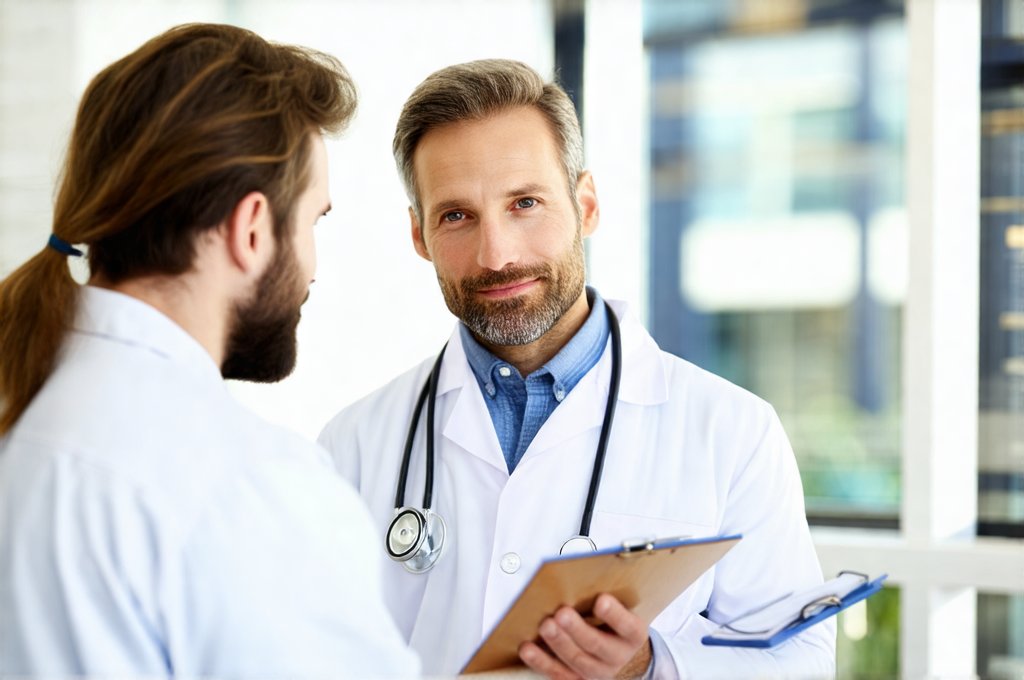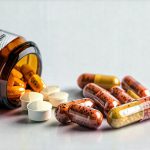Antibiotics are powerful medicines that have revolutionized healthcare, saving countless lives by effectively combating bacterial infections. However, their widespread use comes with a significant caveat: disruption of the gut microbiome. This complex ecosystem within our digestive tract plays a vital role in overall health, influencing everything from digestion and immunity to mental wellbeing. When antibiotics indiscriminately kill bacteria – both harmful pathogens and beneficial microbes – they create an imbalance known as dysbiosis, leaving the gut vulnerable and setting the stage for various digestive issues like bloating, gas, diarrhea, and even more serious conditions.
Recovering a healthy gut after antibiotic treatment isn’t simply about waiting for bacteria to repopulate; it requires a proactive and carefully managed approach centered around dietary interventions. Indigestion is often the first sign of this disruption, manifesting as discomfort after meals, altered bowel movements, or a general feeling of unease in the digestive system. Ignoring these early signals can allow the imbalance to worsen, potentially leading to long-term gut health problems. The key lies in understanding how specific foods impact gut recovery and strategically incorporating them into your diet while minimizing those that exacerbate symptoms. You might also find it helpful to learn about common dietary mistakes to avoid during this time.
Dietary Strategies for Gut Recovery
The immediate aftermath of antibiotic treatment is a period where the digestive system is particularly sensitive. A foundational principle during this phase is to prioritize easily digestible foods that minimize strain on the gut. This often means temporarily reducing fiber intake, as high-fiber foods can be difficult to process when gut motility is disrupted and beneficial bacteria are depleted. Focus instead on cooked vegetables (which are easier to digest than raw), lean proteins, and gentle carbohydrates like white rice or potatoes. Fermented foods, though generally beneficial for gut health, might initially cause discomfort in some individuals due to their increased activity; introduce them slowly as tolerance improves.
Hydration is also paramount. Antibiotics can sometimes contribute to dehydration, further hindering digestion and impacting the microbiome. Aim for at least eight glasses of water daily, and consider incorporating electrolyte-rich beverages like coconut water or herbal teas. Beyond these basics, focusing on foods that actively support gut healing—those containing prebiotics and probiotics—is essential for rebuilding a robust and balanced microbial community. A phased approach is often best, starting with gentle options and gradually increasing complexity as the digestive system recovers its functionality. If you are struggling to plan meals during this time, consider how to build a recovery meal for guidance.
Finally, identifying and eliminating food sensitivities can significantly alleviate indigestion symptoms. Antibiotic-induced dysbiosis can sometimes trigger temporary intolerances to foods that were previously well-tolerated. Common culprits include dairy, gluten, and certain sugars. An elimination diet, guided by a healthcare professional if possible, can help pinpoint these triggers and allow for informed dietary adjustments. Understanding how to adjust your eating routine can be incredibly helpful during this process.
Rebuilding the Gut Microbiome: Prebiotics & Probiotics
The gut microbiome isn’t static; it’s a dynamic ecosystem that thrives on diversity. Restoring this diversity is crucial after antibiotic use. Probiotics are live microorganisms found in fermented foods (like yogurt, kefir, sauerkraut, and kimchi) or supplements, which directly introduce beneficial bacteria into the gut. While probiotic supplementation can be helpful, it’s important to remember they aren’t a quick fix. The effect of probiotics is highly individual, and selecting the right strain for your specific needs can be challenging; consulting with a healthcare professional is advisable.
Prebiotics, on the other hand, are non-digestible fibers that act as food for beneficial bacteria already present in the gut, encouraging their growth and activity. Excellent sources include garlic, onions, leeks, asparagus, bananas (slightly green are best), oats, and apples. Combining prebiotics and probiotics – a synbiotic approach – can be particularly effective, providing both the seeds and the nourishment needed for a thriving microbiome. However, introducing large amounts of prebiotic fiber too quickly can worsen digestive symptoms in some individuals; start with small portions and gradually increase intake as tolerated. To learn more about rebuilding your gut after antibiotics, exploring functional foods can be a great starting point.
The long-term goal is to cultivate a diverse gut ecosystem that can resist pathogen colonization and support overall health. This requires sustained dietary habits rich in both prebiotics and probiotics, alongside lifestyle factors like stress management and adequate sleep, which also play a significant role in gut health. If you’ve recently been ill, it’s important to focus on gut recovery after viral illness.
Addressing Common Digestive Symptoms
Bloating & Gas
Bloating and gas are common complaints after antibiotic use, often stemming from increased fermentation of undigested food particles in the colon due to microbial imbalance. Reducing FODMAPs (Fermentable Oligosaccharides, Disaccharides, Monosaccharides And Polyols) – a group of carbohydrates that can be poorly absorbed by some individuals—can provide relief. This involves temporarily limiting foods like onions, garlic, apples, pears, wheat, and dairy products. Peppermint tea has also been shown to help relax intestinal muscles and reduce bloating. Gentle movement, such as walking or yoga, can further aid digestion and alleviate gas buildup.
Diarrhea & Constipation
Antibiotics frequently disrupt gut motility, leading to either diarrhea or constipation. For diarrhea, the BRAT diet (Bananas, Rice, Applesauce, Toast) offers easily digestible foods that help solidify stools. Hydration is crucial to replace fluids lost through diarrhea. In contrast, for constipation, increasing fluid intake and incorporating gentle sources of fiber – like cooked oats or sweet potatoes – can help stimulate bowel movements. Probiotic supplements containing strains known to improve gut motility (e.g., Bifidobacterium infantis) may also be beneficial.
Indigestion & Heartburn
Indigestion often manifests as a burning sensation in the stomach or chest, accompanied by discomfort after eating. Smaller, more frequent meals can reduce the burden on the digestive system. Avoiding trigger foods—such as spicy foods, caffeine, alcohol, and fatty foods—is essential. Ginger tea has anti-inflammatory properties and can help soothe indigestion. Chewing food thoroughly and eating slowly allows for better digestion and reduces the likelihood of heartburn. If symptoms persist, consider consulting with a healthcare professional to rule out underlying conditions like acid reflux. Understanding digestive sensitivity can also help you manage these issues.
Finally, remember that recovering your gut balance after intermittent fasting and electrolyte depletion is important too: recover gut balance.
It is important to remember that gut recovery is not linear—there will be ups and downs along the way. Patience and consistency are key. Listening to your body’s signals and adjusting your diet accordingly are vital for achieving optimal digestive health after antibiotic treatment. Prioritizing a nutrient-rich, balanced diet, coupled with lifestyle modifications, can help restore the gut microbiome and minimize the impact of antibiotics on your overall wellbeing.


















